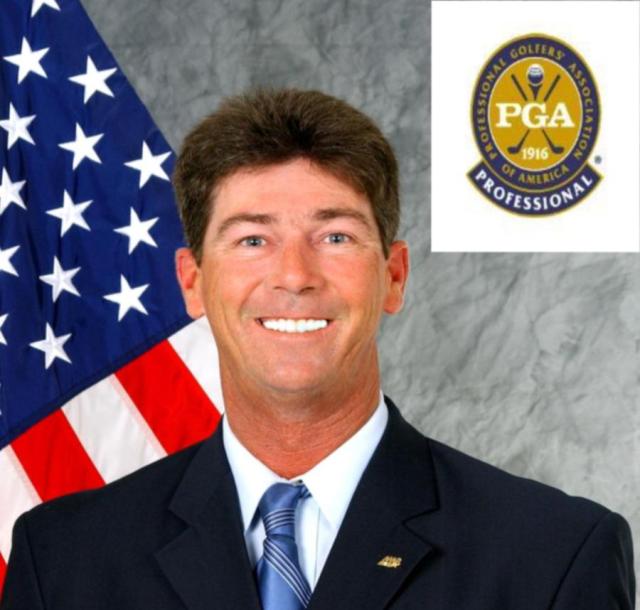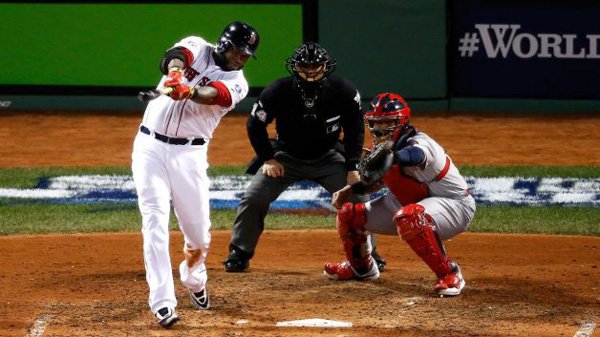Brush Back
Question
My sone is a little league picher. He sometimes has control problems?
Some coaches play the averages. That is to say, young pichers throw more balls than strikes, so some coaches will not let kids swing away.
It can become a real head game for a young picher.
How can I keep my cool on the side line and not throttle the coach.
follow up question.
At what age is it okay to brush back a player off the plate?
Answer
First off, Chucky, I want to inform you of a fact: kids don't like clowns. So if you are some Little League coach, your team is destined for failure just like a bunch of ten-year-old Boston Red Sox. As far as the brushback pitch, what did you expect, putting your clown-nose son up there on the mound--honking his horn, squirting the plastic flower on his chest? You're lucky the kid hasn't thrown anything at YOU. The other children are going to ridicule and torment him, probably until he becomes a serial murderer-painter or cannibal.
As for (normal) coaches and fathers with decent, non-circus/non-five-year-old birthday party-dependent employment, it is never okay to intenionally brush back a batter--not in Little League or on any scholastic level. That is not to say that there is anything wrong or unsportsmanlike about an inside pitch. Here are a few important concepts for any young pitcher:
1. Pitchers should learn as early as possible to use the entire strike zone, not just the part where they are the most comfortable or the place they throw the most strikes (usually right down the middle, which is okay now, but not when the hitters mature.)
2. Young righties often have problems when they face lefty hitters--righties are so used to their throws fading away to the outside that when a lefty comes up, it plays tricks on their eyes and their arms. That lefty's damn elbow makes the zone seem smaller, but of course it is exactly the same size.
3. At the youngest levels, kids should just concentrate on firing the ball into the catcher's (target) mitt. It is always better to throw strikes, whether on the inside, the outside, or right down the middle. Let the catcher put the target where he wants the pitch spotted.
4. High-Inside strikes are very effective. High inside balls can intimidate or--worst case--could even injure a batter, and it happens, but no pitcher should be taught to do that intenionally. On the other hand, if the high-inside is the best place to throw in a particular situation there is absolutely nothing wrong with aiming there.
5. The best way to get back at a batter you hate is to make him think you are going to hit him, and then just zoom three strikes down the pike, and watch the ump punch him out. And if he manages a dribble-hit back to the mound, pick it up and stare at him. Don't throw it right away...wait...wait...uh? oh? You gonna run? Yeah, that's it, run, bitch! (as you toss easily to first of the out.)
6. Having said this, if you make a throwing error, and that little MFer winds up on first base, it is okay to throw at him when he takes his lead. If you really want to get him, bounce a hard throw into the dirt just in front of him. Even if you miss, a pebble or a sand might get up in his face or something.
7. Fuck it, in the course of writing this, I've changed my mind. Young pitchers should hit those bully kids--it's the only way to handle bullies: stand up to 'em. Drill him right in the back while he's in the on-deck circle getting advice from his blue-collar father who has weekend custody of that little prick. Yell out something like, "Hey, you forgot something..." but don't yell it out until the ball is in flight. You want that overdeveloped little douche to be turning around JUST as the ball arives--maybe get him in one of the side ribs or his spleen or something. Awesome!
8. I'm an outfield expert. Yogi Berra even said it "pitchers are all liars and crybabies."
9. F'n clowns.
Improving speed
Son moving up to bigger field


